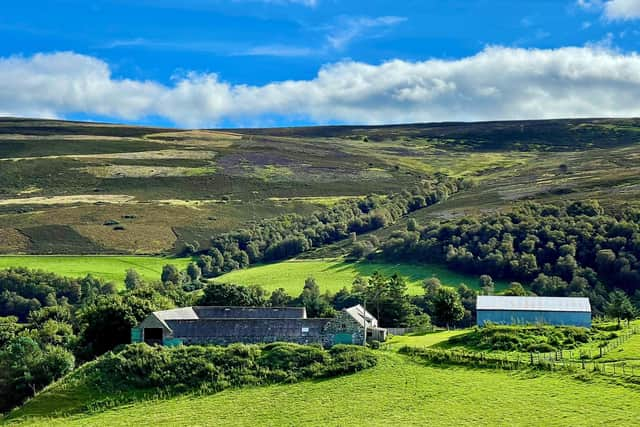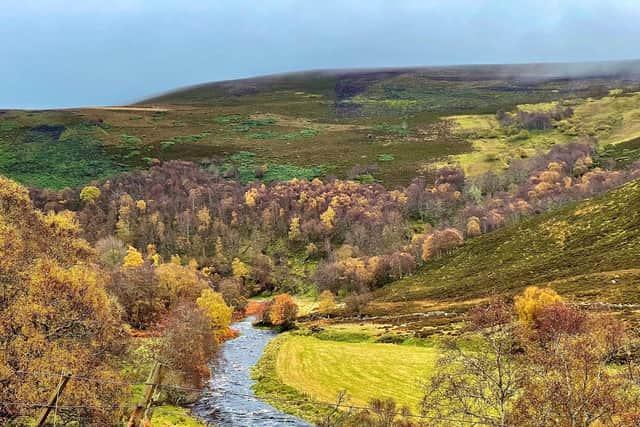Scottish Highland community with Battle of Culloden links warns of risk to locals and scenic landscapes from ‘saturation’ of wind farm turbines
The Cabrach is a remote and sparsely populated area in Moray, on the northern edge of the Cairngorms National Park, with claims to be the birthplace of malt whisky and historical links to the 1745 Jacobite Rebellion and Battle of Culloden.
It is designated as an area of outstanding natural beauty, with rolling hills, a river noted for its salmon and wildlife in abundance. But now people living there feel “voiceless and powerless” against companies seeking to build new wind farms in the region, campaigners have said.
Advertisement
Hide AdAdvertisement
Hide AdThey say the number of turbines being proposed is “disproportionate” for the region, which already hosts two wind farms capable of powering more than three times the number of homes in the entire Moray area.
Locals say permitting the construction of the schemes poses a threat to the community, which is already struggling to recover from historical depopulation due to the impacts of war and changes in land use, and will spoil its spectacular landscapes. They want more say for local people when planning applications are being considered.
The Cabrach already has two operating wind farms, Dorenell and Clashindarroch, with 77 turbines in total – able to power 133,000 households.
Two more schemes have been consented – the seven-turbine Garbet Hill development was approved on appeal by the Scottish Government’s Energy Consents Unit, despite rejection by Moray Council, and the 14-turbine Clashindarroch II was given the go-ahead by ministers following a public inquiry.


The area has reached “saturation point”, residents say. But more developments are planned – 11 turbines at Craig Watch and 22 at Clashindarroch Extension.
Jonathan Christie is chief executive of the Cabrach Trust, set up to preserve the cultural heritage of the region and safeguard its inhabitants.
After a community buyout of local land and buildings, the charity is working on a £3.5 million regeneration project, centred around a new whisky distillery and heritage centre, which aims to boost the economy, create jobs and attract new visitors to the Cabrach.


“Concerns about onshore wind developments in the area are long-standing,” Mr Christie said.
Advertisement
Hide AdAdvertisement
Hide Ad“The arrival of two wind farms in the Cabrach during the first wave of development raised initial trepidation, although the community wholly supports Scotland’s aspiration for a just transition to net zero. However, recently consented plans for a second wave of wind farm developments have caused great concern about cumulative impact.
“Now, with a third wave navigating planning, the community is left feeling voiceless and powerless in the face of what can only be described as an unrelenting pattern of consents at any cost.
“If all developments secure consent, the Cabrach unwittingly becomes the UK’s largest onshore wind park, in the process undermining an ambitious community regeneration strategy, whilst bringing untold harm to an important river catchment and upland ecology.”
Patti Nelson, chair of the Cabrach Community Association, stressed support for net zero goals.
"But there has to be balance,” she said. “It really feels like we’ve reached a tipping point, beyond which irreversible damage could be done. As a community we strongly believe there needs to be a pause.”
Comments
Want to join the conversation? Please or to comment on this article.